 |
 |
|
|
| Home | Events | Donations | GuestBook | Email Login |
|
|
 Celebrating Thirty Years of Punk Rock August 6 - 17, 2006 |
| << BACK | Wasted Home Page - 1 - 2 - 3 - 4 - 5 - 6 - 7 - 8 - 9 - 10 - 11 - 12 - 13 - 14 - 15 | NEXT >> |
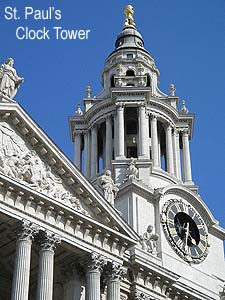 |
Even More of the Big Bus Tour... The day was beautiful as the tour moved throughout the Greater London Area. The sun shone brightly and I was getting a little sunburned. The sky was a lovely azure blue and the clouds were whispy. A person could not have prayed for a more perfect day to see all the tourist attractions from the top of the double-decker bus. |
|
The restoration program is expected to cost £40 million, and involves repair and cleaning of the building, and improvement of visitor facilities, such as accessibility for the disabled, and provision of additional educational facilities. |
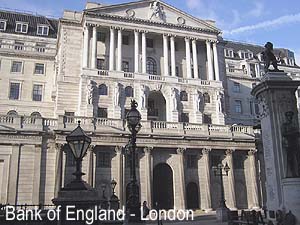 |
| The bridge fell into disrepair after the Romans left, but at some point either it was repaired or a new timber replacement constructed, probably more than once. In 1013, the bridge was burned down by King Aethelred in a bid to divide the invading forces of the Dane Svein Haraldsson. This episode might have inspired the well-known nursery rhyme London Bridge is Falling Down although the version of the song we know today refers to the many bridges that were destroyed and rebuilt, and the trading done on the shops over it ("Silver and Gold") in the 14th century, so the song's origin is presumably of a much later date. The rebuilt London Bridge was destroyed by a storm in 1091 and yet again, by fire, in 1136. By the end of the 18th century, it was apparent that the old London Bridge, by now over 600 years old, needed to be replaced. It was narrow, decrepit, and blocked river traffic. In 1799, a competition for designs to replace the old bridge was held, prompting the engineer Thomas Telford to propose a bridge with a single iron arch spanning 600 ft (180 m). The revolutionary nature of this design won praise but it was never used, due to uncertainty about its feasibility and the amount of land needed for its construction. The bridge was eventually replaced by an elegant structure of five stone arches, designed by engineer John Rennie. The new bridge was built 100 feet (30 m) west (upstream) of the original site at a cost of £2,000,000 and was completed by Rennie's son (of the same name) over a seven-year period from 1824 to 1831. The old bridge continued in use as the new bridge was being built, and was demolished after the new bridge opened in 1831. |
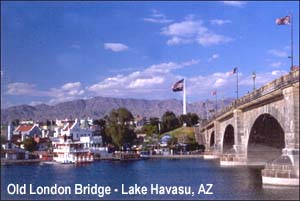 |
The official opening took place on August 1, 1831; King William IV and Queen Adelaide attended a banquet in a pavilion erected on the bridge. The HMS Beagle was the first ship to pass under it. It was widened in 1902-4 from 52 to 65 feet (16 to 20 m) in an attempt to combat London's chronic traffic congestion. Unfortunately, this proved too much for the bridge's foundations; it was subsequently discovered that the bridge was sinking an inch every eight years. |
| The reconstruction of Rennie's London Bridge spans a canal that leads from Lake Havasu to Thomson Bay, and forms the centrepiece of a theme park in English style, complete with a mock-Tudor shopping mall. Rennie's London Bridge has become Arizona's second-biggest tourist attraction, after the Grand Canyon. The current London Bridge was constructed by contractors John Mowlem from 1967 to 1972, and opened by Queen Elizabeth II on March 17, 1973. It comprises three spans of pre-stressed concrete cantilevers, a total 928 feet (283 m) long. The bridge was built for functionality and longevity, and as such is less decorative than other Thames bridges. |
|
The cost of £4 million was met entirely by the City of London's Bridge House Estates. The current bridge was built in the same location as Rennie's bridge, which was carefully demolished piece by piece as the new bridge was built, so the bridge would remain in use throughout. |
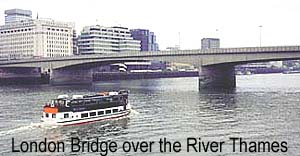 |
|
The Monument to the Great Fire of London, more commonly known as The Monument, is a 61-metre (202-foot) tall stone Roman doric column built of Portland stone topped with a gilded urn of fire. It was designed by Christopher Wren and Robert Hooke. At the time of construction (between 1671 and 1677) it was (and still is) the tallest freestanding stone column in the world.Wren and Hooke built the Monument to double as a scientific instrument. It has a central shaft meant for use as a Zenith Telescope (an instrument adapted for the measurement of small differences of zenith distance, and used in the determination of astronomic latitude) and for use in gravity and pendulum experiments. The shaft connects to an underground laboratory for observers to work (accessible from the present-day ticket booth). A hinged lid in the urn covers the opening to the shaft. The steps in the shaft of the tower are all exactly 6 inches high, allowing them to be used for accurate barometric pressure studies. The Monument is located at the junction of Monument Street and Fish Street Hill. |
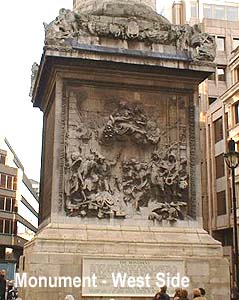 |
 |
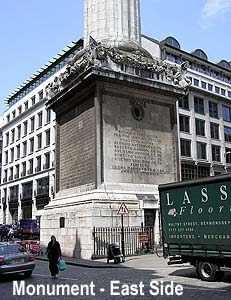 |
|
Its 61-metre height marks the monument's distance to the site of Thomas Farynor, the king's baker's shop in Pudding Lane, where the fire began. If the column were laid down the urn would be in the exact spot where the fire began. |
|
Deep in the heart of London, buried beneath the paving stones of historic Southwark, lies the world's most chillingly famous horror attraction. The London Dungeon has become one of London's most popular tourist attractions despite the fact that it is filled with over forty of the most grisly exhibitions and examples of atrocities from British and European history. |
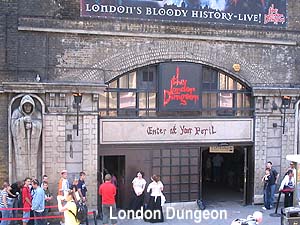 |
| Take a walk along a Victorian street that allows you to uncover the gruesome reality of the infamous Jack the Ripper's crimes. If you feel that you can cope with more, see how the barbaric punishments of the British past were executed including boiling, drowning, and torture under the reigns of Henry III and those during the French Revolution. A new attraction is a recreation of the effects of the Great Plague, which struck Britain in the seventeenth century. (Please Note - The London Dungeon is very creepy and scary. It is NOT suitable for younger children or those who are faint of heart.) |
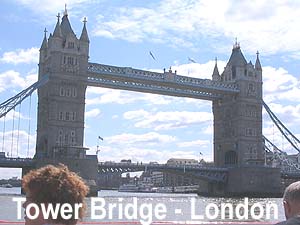 |
The bus rolled along and soon past over the Tower Bridge, which is named after its two impressive towers. Wolfe Barry and Horace Jones, the royal architects who also designed the Smithfield Market, designed it. |
|
The Swiss Embassy is nicknamed "The Gherkin" because of its resemblance to a pickle standing on its end. |
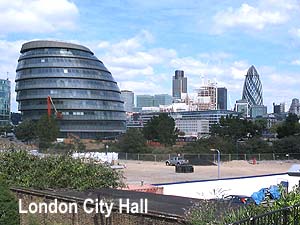 |
|
A 500 metre (1,640 foot) helical walkway ascends the full height of the building. At the top of the ten-story building is an exhibition and meeting space called "London's Living Room," with an open viewing deck which is occasionally open to the public. The walkway provides views of the interior of the building, and is intended to symbolise transparency; a similar device was used by Foster in his design for the rebuilt Reichstag in Germany. In 2006 it was announced that Solar photovoltaic cells would be fitted to the building by the London Climate Change Agency. |
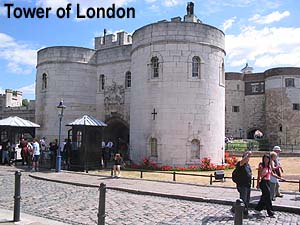 |
On the opposite side of the Tower Bridge is the Tower of London. The Tower of London was built upon command of William the Conqueror in 1078. It was never completed in his lifetime and work continued under the watch of William II. The first sections of the tower to be completed were the White Tower and the Norman Church, which remains the oldest church in London today. Between the 11th and the 15th Century the Garrison was rebuilt and enlarged. The inner wall was constructed by order of King Henry VII and Edward I built Traitors Gate and the St. Thomas Tower. |
|
The next part of my journey was to take place on water. I made made my way to the boats that take visitors on a short tour of the River Thames. Next Installment: Boating On The River Thames |
| << BACK | Wasted Home Page - 1 - 2 - 3 - 4 - 5 - 6 - 7 - 8 - 9 - 10 - 11 - 12 - 13 - 14 - 15 | NEXT >> |
| Home | Events | Donations | GuestBook | Email Login |
|
|